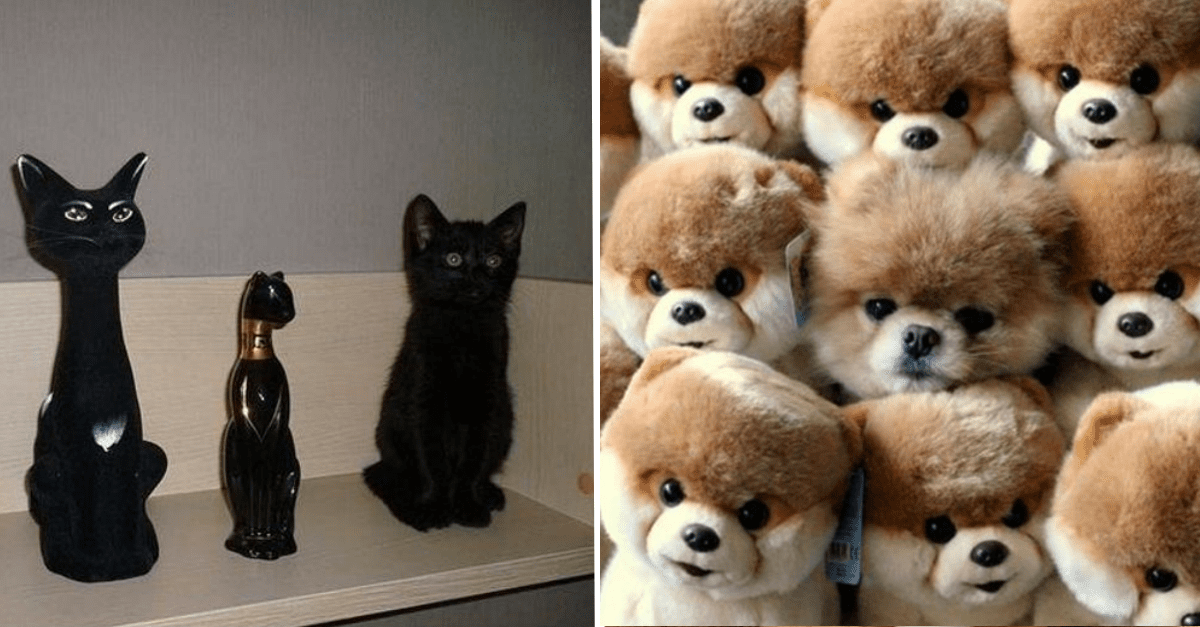

Animals have evolved with many traits and abilities, and of them, the most common and consistent is their ability to camouflage. Regardless of what kind of creature they are, be it predator or prey, they learn to blend in with their surroundings to the best of their ability. It helps the prey avoid the gazes of the predator so they can live their life without being hunted down, and it helps predators close in on their prey without setting off alarms.
Really, mother nature is scary and full of these kinds of back and forth. Whether the prey is better camoflauged than the predator or vice versa, it’s the literal difference between life and death. Nowadays, despite the domestication of a lot of animals, they still learn to camo pretty well, whether intentional or not, and it can lead to some very humorous interactions. For example, have you ever had a cat pretending to be a statue? It’s wild!
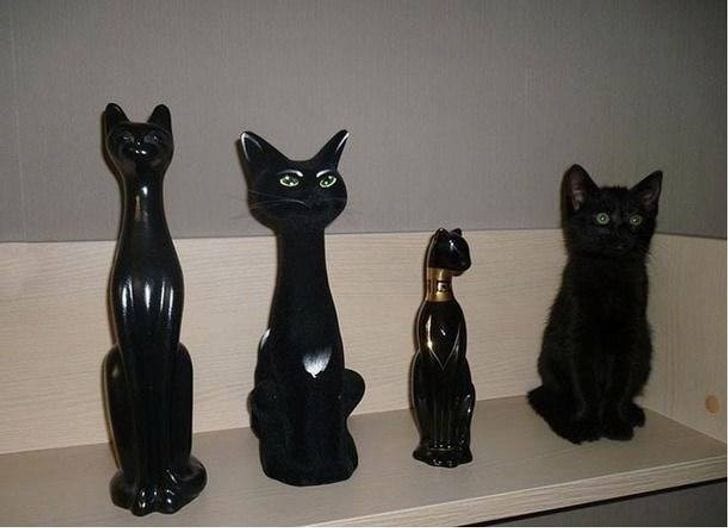

National Geographic is the most reliable source for animal information
Camouflage, also called cryptic coloration, is a defense or tactic that organisms use to disguise their appearance, usually to blend in with their surroundings. Organisms use camouflage to mask their location, identity, and movement. This allows prey to avoid predators, and for predators to sneak up on prey.
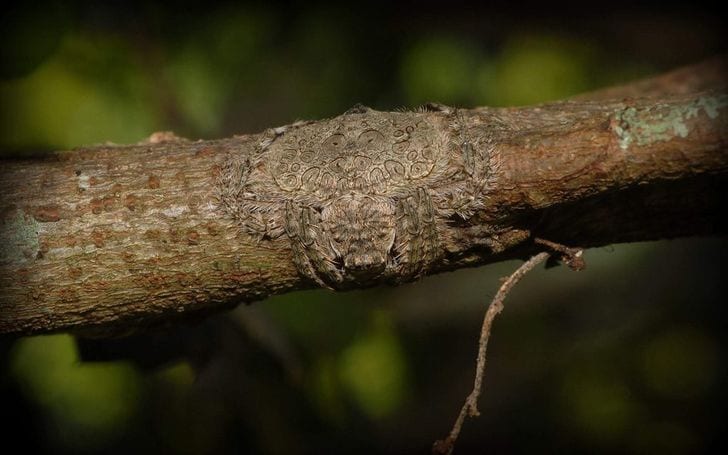





A species’ camouflage depends on several factors. The physical characteristics of the organism are important. Animals with fur rely on different camouflage tactics than those with feathers or scales, for instance. Feathers and scales can be shed and changed fairly regularly and quickly. Fur, on the other hand, can take weeks or even months to grow in. Animals with fur are more often camouflaged by season. The arctic fox, for example, has a white coat in the winter, while its summer coat is brown.
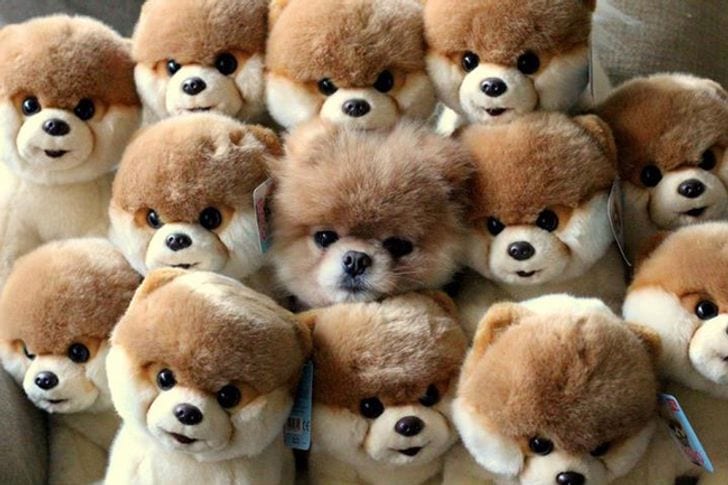



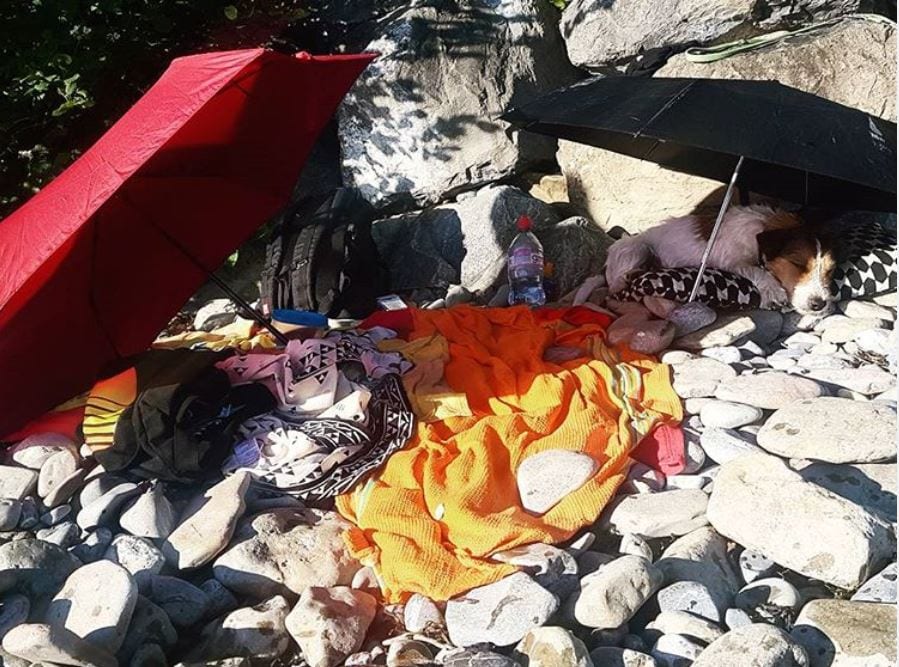

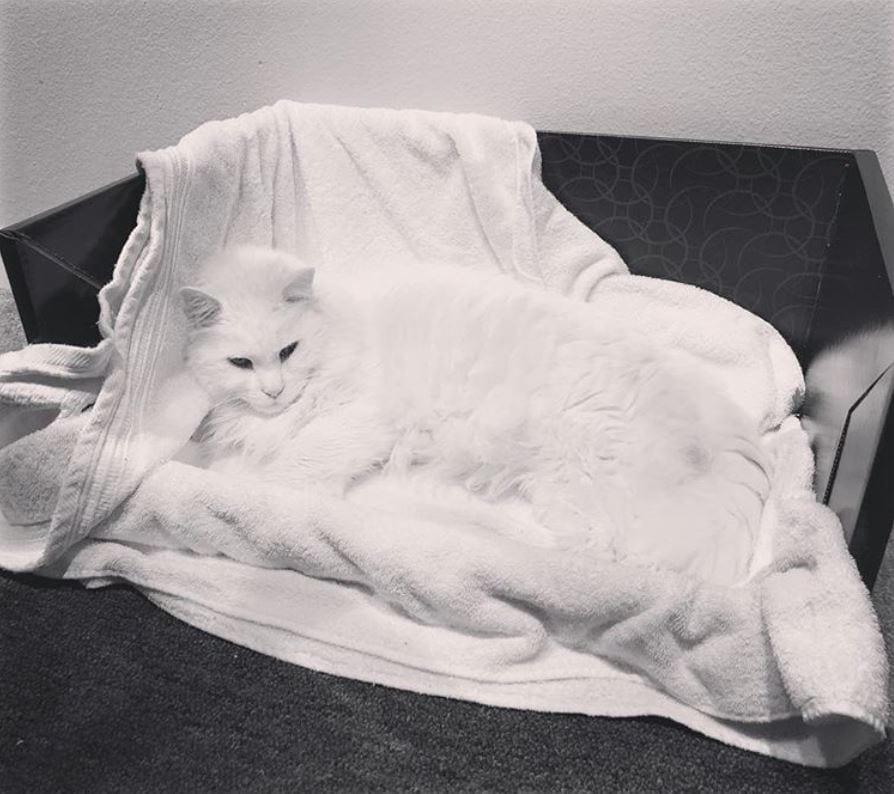

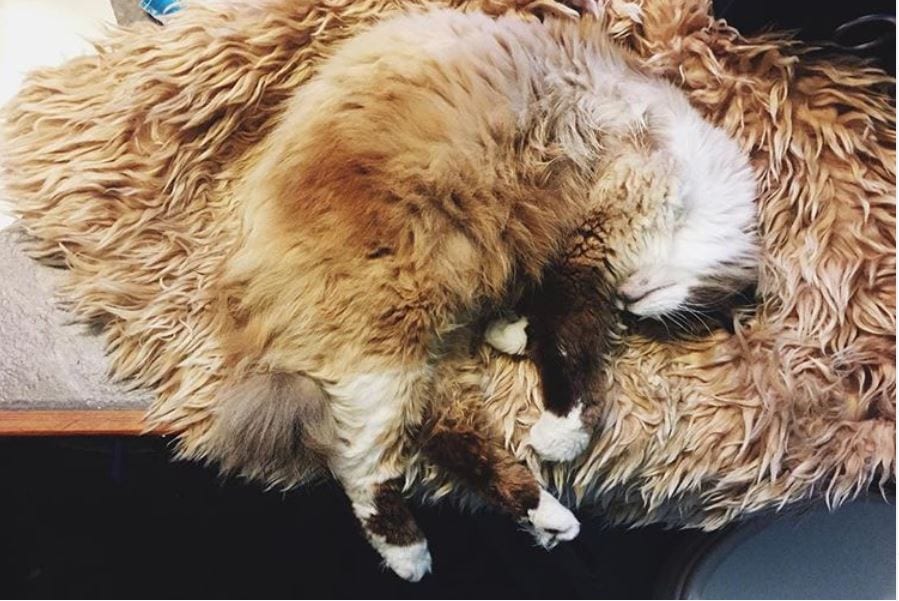

The behavior of a species is also important. Animals that live in groups differ from those that are solitary. The stripes on a zebra, for instance, make it stand out. However, zebras are social animals, meaning they live and migrate in large groups called herds. When clustered together, it is nearly impossible to tell one zebra from another, making it difficult for predators such as lions to stalk an individual animal.
A species’ camouflage is also influenced by the behavior or characteristics of its predators. If the predator is color-blind, for example, the prey species will not need to match the color of its surroundings. Lions, the main predator of zebras, are color-blind. Zebras’ black-and-white camouflage does not need to blend in to their habitat, the golden savanna of central Africa.
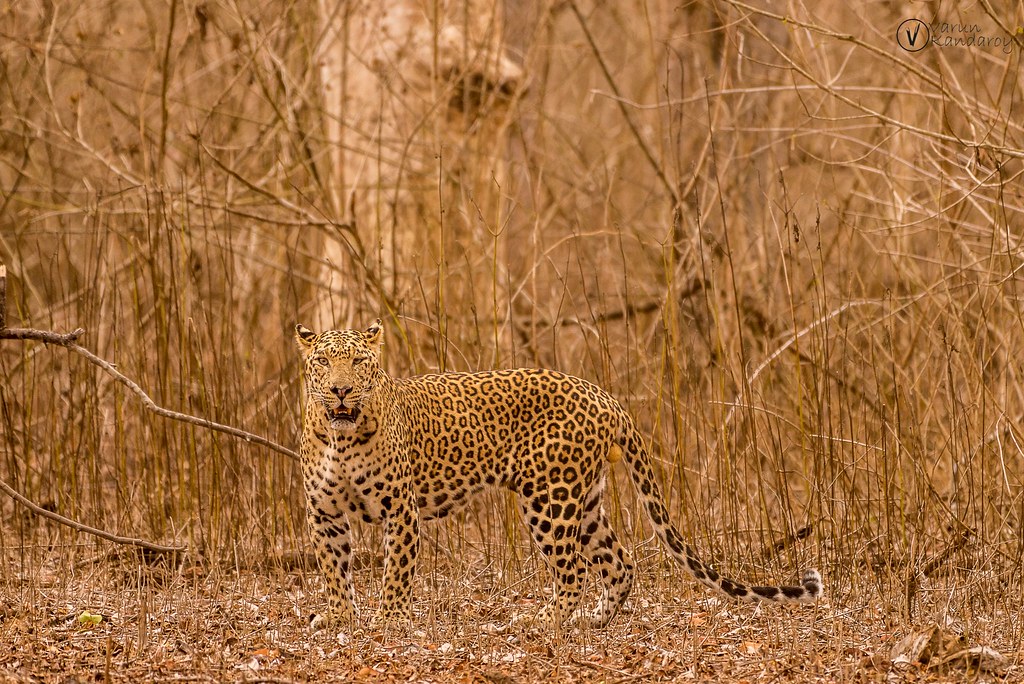

What about you? Do you think you’d be able to pick them out?